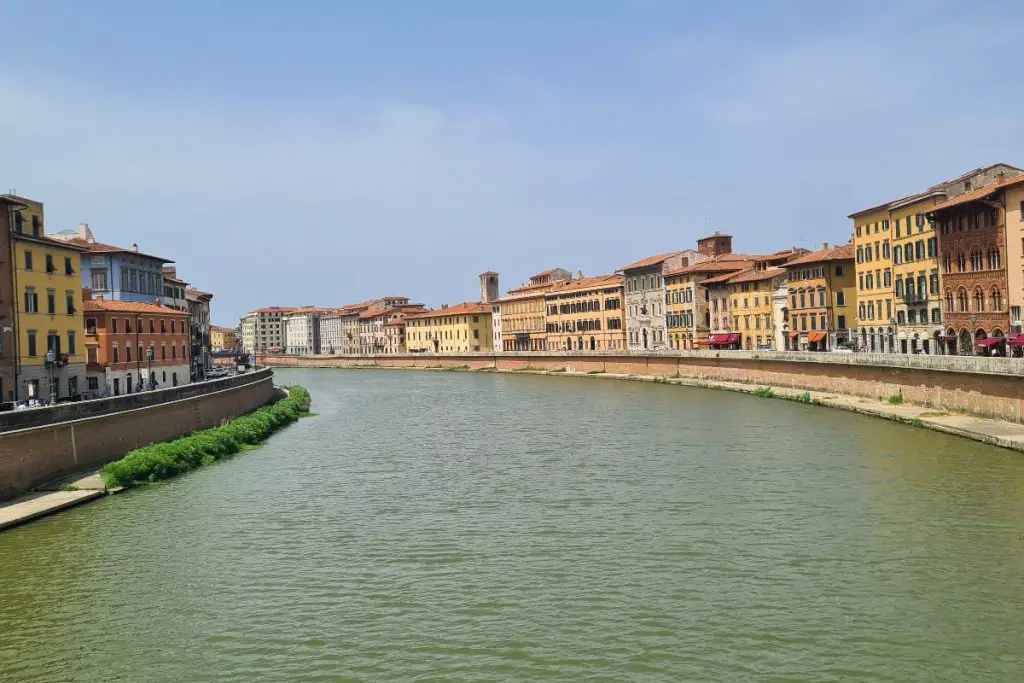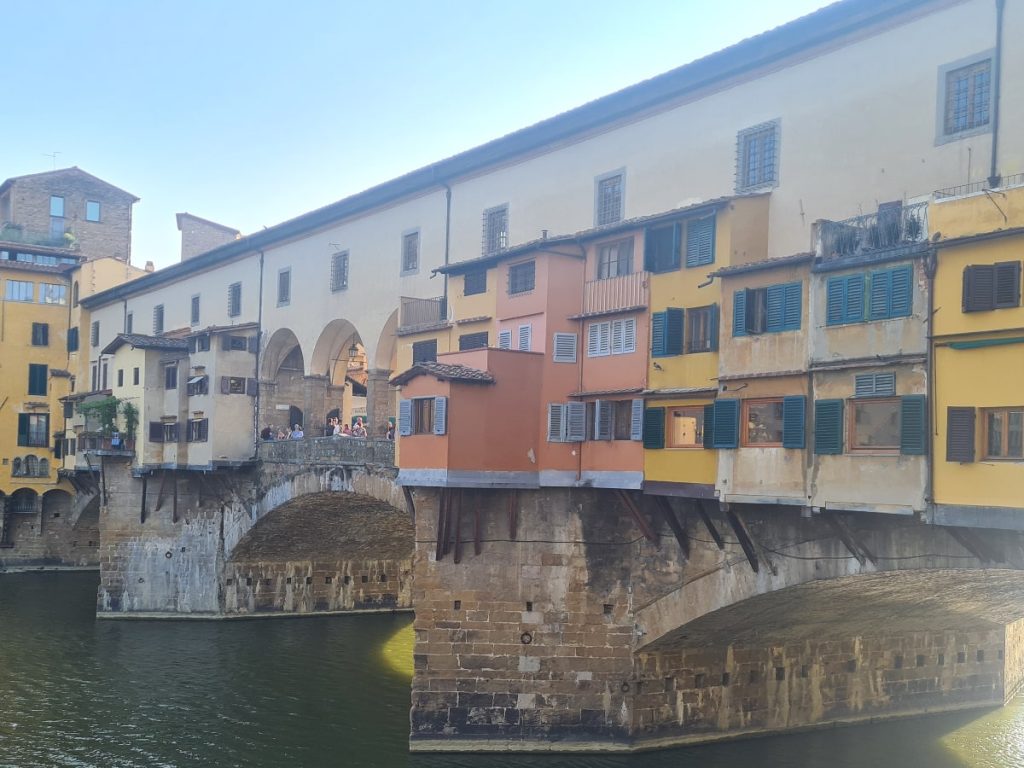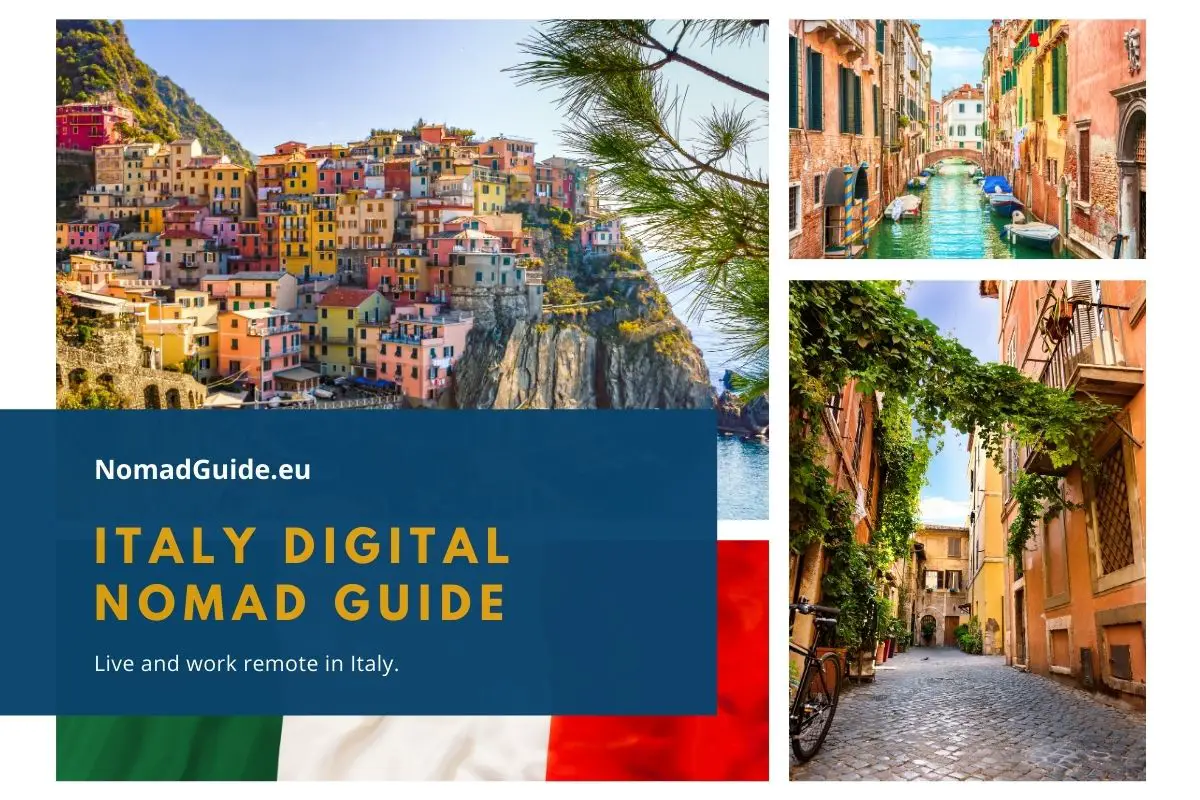From alpine peaks to sun-soaked Mediterranean islands, Italy offers a variety of different landscapes but its proud, distinct culture is a constant in this passionate Southern European nation. There are pros and cons to working remotely from the country and we’ll delve a little bit into that in this Italy digital nomad guide.
Table of Contents
Italy for Digital Nomads & Remote Workers

- Population – 58.8 million
- Capital – Rome
- Language – Italian
- EU – Yes
- Schengen Area – Yes
- Currency – Euro
Pros & Cons to being a Digital Nomad in Italy
Advantages
- Great Food
Let’s start with the obvious one! Italian cuisine is world famous and you’ll struggle to find a nation on Earth that takes its food so seriously. It’s safe to say that in Italy you will certainly eat well. You’re unlikely to tire of pizza napoletana or fresh pasta, but there is plenty more to Italian cuisine than just that and the whole mealtime experience forms a big part of the sociable, Italian culture.
- Italian Lifestyle
To some extent, this is an extension of the last point with the link between eating well and living well there for all to see. Life expectancy in Italy is among the highest in the world with parts of Sardinia among the world’s primary blue zones where people live the longest.
Basing yourself in Italy will give you the chance to experience how people live in this part of the world and you may just take a few things away with you before leaving, that will enable you to lead a healthier, happier lifestyle.
- Loads of things to see & do
Italy is one of the world’s most popular travel destinations and it has a range of different kinds of destinations to suit all tastes and interests. In terms of city trips, you have thousands of years of history in fascinating cities like Rome and Florence, as well as the hustle and bustle of fashion capital Milan.
The northern region is one of the most beautiful parts of Europe with Alpine ski resorts and stunning lakes. Further south things heat up, with fabulous beaches both on the mainland and on islands such as Sicily and Sardinia.

- Government initiatives in Italy to attract digital nomads
Increasingly we are seeing more countries starting to embrace the digital nomad lifestyle with policies designed to welcome nomads in. It’s refreshing to see a major European country like Italy doing likewise. They have announced ambitious plans to transform abandoned and semi-abandoned villages which currently resemble ghost towns into hubs for digital nomads by equipping them with high-speed internet.
The hope is it will help kick-start local economies in struggling regions and help nomads find cheaper accommodation than they might in the more popular towns and cities.
There are various planned or current schemes around Italy, such as the Work from Ollolai remote work program which enables digital nomads to effectively live rent-free in Italy (you pay a symbolic €1). In exchange you are expected to give presentations, classes, or help with other community projects related to your field.
Plans are also in place for a full Italy digital nomad visa, although they are not active at the time of writing (October 2023).
Disadvantages
- Relatively High Costs
In terms of costs, Italy is a bit of a mixed bag. Getting around is generally relatively affordable which is certainly good news for digital nomads looking to do lots of trips. However, accommodation and general living costs are relatively high compared to most countries in Europe. This is a major factor why many nomads seeking a new base in the Med favour Spain or Greece over Italy.
Better value can be found in the poorer southern region of the country where you’ll find most of the cheapest places to live in Italy, not to mention a better climate.
- Bureaucracy
Italy is renowned for its frustratingly high levels of bureaucracy. It has ridiculous numbers of regional and national laws and the concern is that despite the government’s best intentions to draw in a new generation of digital nomads and remote workers, they may end up hitting a bunch of legal obstacles that make things much more complicated in practice. Depending on your circumstances, this can have an impact on the taxes you have to pay too.
- Not a Huge Nomad Scene
Partly due to the two points above, Italy doesn’t have a huge digital nomad scene or any major hubs for nomads as is the case in other European countries. The local initiatives could potentially change that but it’s still early days and it’d be an exagerration to say that sleepy towns and villages have already been transformed into digital nomad hubs.
There is not really an equivalent to somewhere like the Canary Islands, which feature in our Spain digital nomad guide and are very popular with nomads. While many areas in Italy do have a significant numbers of expats, travellers and international students, you might find it a bit difficult to meet fellow nomads who often pick nearby Malta over Italy given the island nation boasts a warmer climate, an active digital nomad visa and has the advantage of being an English speaking country.
Remote Work Italy – Where to Go
For warm weather & to save money – Sicily

Just off the boot of Italy, the island of Sicily is perhaps best known internationally for its frequently erupting volcano or its Mafia connections that often crop up in gangster movies. Digital nomads may be more interested to know that it also has a warmer climate than mainland Italy (significantly better than the north) and also offers some of the cheapest living costs in the country.
The cost of living in the island’s main cities Palermo and Catania are roughly 60% of those in an expensive northern city like Milan. In the countryside and smaller towns and villages, you will save even more so it’s a good place to consider if you are starting out on your journey as a digital nomad or just want to raise some funds.
For city living & winter sports – Turin
Even in Sicily and Southern Italy, temperatures drop considerably during the winter months and it is by no means a “winter sun” destination. Unless you’re someone who really dislikes the cold, during this part of the year being based in a major northern city will give you more options in terms of things to do.
While not necessarily Italy’s most beautiful city, Turin is a great location for winter sports enthusiasts. It hosted the Winter Olympics in 2006 and you’ve easy access to some fabulous ski resorts such as Pragelato, Sauze d’Oulx and Sestriere.
Turin is also much more affordable than fellow major northern cities such as Milan and Venice, so it’s a good all-round option for anyone planning on working remotely in Italy during the winter months.
For art, history & culture – Florence

There is something to be said for basing yourself in many cities across Italy and your decision will ultimately come down to what kind of person you are, and what it is that interests you. Arty types will instinctively be drawn to Florence.
Located in the famous Tuscany region, the city is well known for its renaissance art, architecture and historic monuments. While not as influential as it was in the past, the streets of Florence retain the same old romance and it remains an important centre for Italian culture and intellectual thinking.
Tourists do flock here in their droves which may take away a bit of the charm for some people (and push the prices up) but there’s still a great deal of beauty and hidden spots to discover in the city away from the crowds.
Italy Digital Nomad Tips
- English levels are not particularly high in Italy. Consider doing an online Italian course with Babbel if you’ll be spending more than a few months in the country.
- Nomads heading for one of Italy’s “free house” or “free rent” villages will most likely need a vehicle to get around as they are quite isolated locations. Discover Cars are a good option for renting a car on arrival in Italy with bases at all major airports.
- Surf online securely and watch all your favourite shows like you’re at home in Italy with NordVPN.
Getting Around Italy
The long, thin shape of Italy means there are some significant distances to be covered and you will want to think carefully about your base if you plan to effectively live somewhere and travel during your time off work. Generally local and regional travel in Italy is pretty good value and you can even find some good deals on longer distance buses and trains.
By Bus – Italy has a number of bus companies which run domestic and international routes. These include FlixBus, MarinoBus, Marozzi, Cilento and Baltour. Generally speaking travelling by bus in Italy will work out cheaper than the respective rail or air options.
By Train – Getting around Italy by rail is a pretty good bet. TrenItalia runs a large network that spans the length of the country and fares are relatively low considering the distances involved, although they do rise nearer to the day of travel. There are rail lines hugging both the west and east coasts, as well as a 300 km/hr high-speed line that connects the major cities of Naples, Rome, Florence, Bologna, Turin and Milan.

By Plane – Italy is a large country so there may be rare times when flying is the most practical solution. It’s over 1000 km from towns in the far south to the north of the country so if you’re in a hurry and there are no fast rail links, you can sometimes save time by flying. However domestic flights in Italy only really become a necessity if you want to get to/from Sardinia, which unlike Sicily, is located a long way from the mainland. Alghero, Olbia and Cagliari Airports on the island offer connections to major cities around Italy and indeed other parts of Europe.
By Ferry – Italy has a number of major ferry ports and is well connected to the Balkans just across the Adriatic Sea from cities such as Bari and Ancona. Anyone heading to/from Sicily will also most likely need to jump on a short ferry ride. The Villa San Giovanni – Messina crossing takes less than half an hour and prices start at just € 2.50 for foot passengers at the time of writing. There are also crossings from Sicily to some of the tiny nearby islands.
Finding Accommodation
Italy doesn’t rank as well as many other European countries in terms of the range of affordable accommodation options it can offer. Renting a one bedroom or studio apartment to live for a longer term might set you back anywhere between 600 and 1200 Euros per month depending on the location, with the higher costs in the most popular cities.
Airbnb is still a good bet for short-term accommodation but you may pay slightly more than the above figures booking via the site. You may also want to check out sites such as Idealista and Spotahome (for Rome & Milan) which have decent short to mid-term options.
Coworking Spaces in Italy
Coworking spaces have gained popularity in Italy in recent years. Entrepreneurs, freelancers, startups and even some more established businesses looking for flexible workspaces and a more collaborative atmosphere on certain days during the age of remote working have embraced them.
Major cities like Milan, Rome, Florence and Naples all have significantly more coworking spaces in 2023 than was the case a few years ago. The better ones also offer networking opportunities, and access to resources and community events, although it’s true that most are more geared towards Italian than international digital nomads.
Here are a few examples of popular coworking options in Italy:
| Office Jam, Rome | A large coworking space in the Piazza Bologna area of Rome. Day passes available where you can try it out before committing to anything. |
| COWO® Coworking + Fablab, Partanna (Sicily) | Shared offices, desks, meeting rooms and some networking activities. Located in the Sicilian province of Trapani. |
| TSH Collab, Florence | A sociable hub in Florence. Attractive monthly deals from €109 include flex desks and access to hotel facilities and social events. |


I would like to add also Apulia and Ostuni in particular to this least (during winter/spring)
Thanks for the suggestion!